One of the most common questions I am asked in October and November every year is what type of meal to feed and how much. My answer to that question is always, what is your silage quality like? The reply, 90% of the time, is: “It looks good. It was made in good weather. I’d say it’s good.” For some reason on drystock farms we are not good at testing silage quality. Not testing silage and asking questions about what meal to feed is like pouring the milk and sugar into the bowl before you pour the cornflakes in. It’s not the right way to do it.
Winter management of weanlings is an area that needs huge improvement on beef farms.
On too many farms, weanlings do not achieve optimum performance over the winter months. This puts weanlings behind for the start and will upset finishing dates at the end and also lead to increased finishing costs.
In the worst cases, weanlings may actually end up losing weight for the first winter.
The target weight gain over the winter will be influenced by the next stage of production – for example, weanlings going back to grass, sold out of the shed or transferring on to an ad lib 16-month intensive finishing period.
In a high percentage of cases, weanlings are released to grass, for a second grazing period followed by sale or finish. This will be even higher in 2021 as farmers make the move away from bull beef production.
Teagasc research has shown the optimum liveweight gain target to achieve the most favourable balance between growth during the winter months and compensatory growth at grass is 0.6kg liveweight per day.
While many factors such as indoor management (stocking rate, ventilation, etc) and health status can have a big influence on winter performance, it is generally the winter feeding programme that has the greatest influence on performance.
Testing silage quality
It’s one of the most cost-effective things you can do for your winter feeding programme. A silage test will cost between €20 and€30 and most feed companies will organise a test for you. Try to get a good representative sample of your pit or bales by taking a cored sample and also taking a sample from a number of bales. Table 1 outlines the target silage for feeding to weanlings.
In terms of a protein content, which is given as crude protein (CP), a weanling ration should have 12% to 20% CP. This range is included to factor in silage quality and different protein levels in silage. For example, 12% to 14% CP ration will suffice on a high 14% CP silage. On a lower 10% CP silage, the ration should be 16% to 20% CP. If you don’t know the CP of your silage, a 16% CP ration is a safe bet. High-protein feedstuffs include soya bean meal (48% CP) and maize distillers (25% CP) so watch out for these ingredients in a ration. In terms of energy, weanling rations should be no less than 0.94 UFL. UFLs are the units for measuring the energy content of feed and forages for growing, store and mature cattle. Be careful not to confuse with UFVs, the units for measuring energy for finishing cattle. High-energy feedstuffs include barley (1 UFL), wheat (1 UFL) and maize grains (1.05 UFL) so watch out for these ingredients also. One point of caution on this is that wheat is rapidly digestible, causing a high risk of acidosis and digestive upsets.
Table 2 outlines the feeding rates of meal required depending on ration quality.
While feed merchants aren’t required by law to specify what the inclusion rates are, most are happy to tell customers what they are. Ration prices haven’t moved on that much since this time last year and a good weanling ration can be purchased this year between €230 and €260 depending on order quantities, etc.
Weanlings can undergo a lot of stress around housing and settling into their new environment.
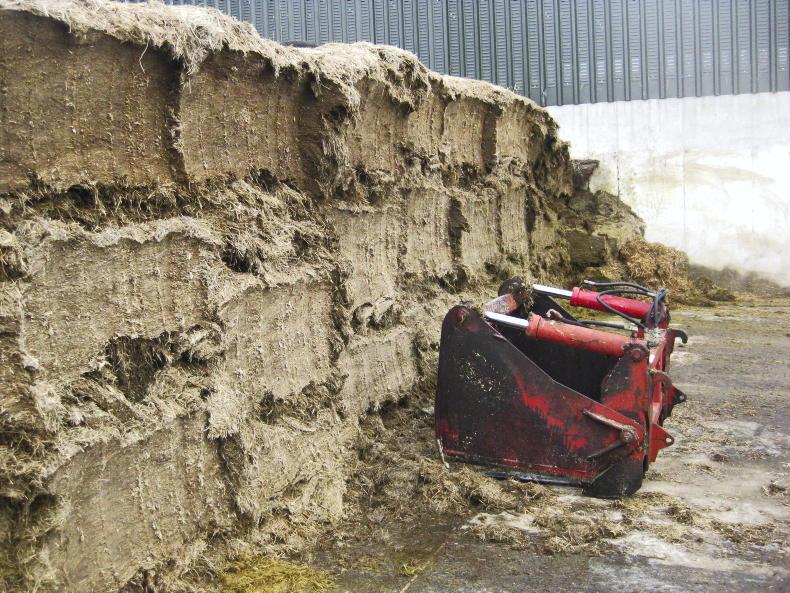
They have a lot to contend with, eg changing from outdoors to indoors, a change in diet from grass to silage and meal, castration, weaning, inadequate feeding space, inadequate lying space and some could have fluke and worm burdens.
This all adds to the stress factor and sometimes results in animals becoming sick on some farms.
If vaccination and dosing are taking place, ideally this will have been completed before housing. However, if not already completed, it should be carried out as early as possible in the housing period.
Faecal samples will determine the level of dosing required and housing dates will determine the product to be used.
One of the things to look at is the environment that the weanling is in. Is lying space adequate? Is feeding space adequate? Is there adequate ventilation in the shed? A quick fix to ventilation issues can sometimes be achieved through taking off some side sheets or raising roof sheets.
Lice treatment is important and can be a cause of poor weight gain on some farms. Clipping will help and on some farms two treatments over the winter months will be required.
If steers and heifers are going back to grass next spring, a target liveweight gain of 0.5kg to 0.7kg/day is sufficient.Daily meal feeding levels should be dictated by silage quality and the type of animals being fed. Where silage quality is good, less meal will be required.Once animals are housed, concentrates should be front-loaded for the first four to five weeks in the shed. This will ease the transition from grass to the indoor diet of silage and meal.Keep rations simple and make sure that ration is fresh, free from dust and palatable.Make sure there is adequate feeding and lying space for all weanlings in the shed.Have a good health plan in place in relation to vaccination and dosing for parasites.Lying space required: 2m2 to 2.5m2 per head.Feeding space required: 400mm to 500mm per head.
One of the most common questions I am asked in October and November every year is what type of meal to feed and how much. My answer to that question is always, what is your silage quality like? The reply, 90% of the time, is: “It looks good. It was made in good weather. I’d say it’s good.” For some reason on drystock farms we are not good at testing silage quality. Not testing silage and asking questions about what meal to feed is like pouring the milk and sugar into the bowl before you pour the cornflakes in. It’s not the right way to do it.
Winter management of weanlings is an area that needs huge improvement on beef farms.
On too many farms, weanlings do not achieve optimum performance over the winter months. This puts weanlings behind for the start and will upset finishing dates at the end and also lead to increased finishing costs.
In the worst cases, weanlings may actually end up losing weight for the first winter.
The target weight gain over the winter will be influenced by the next stage of production – for example, weanlings going back to grass, sold out of the shed or transferring on to an ad lib 16-month intensive finishing period.
In a high percentage of cases, weanlings are released to grass, for a second grazing period followed by sale or finish. This will be even higher in 2021 as farmers make the move away from bull beef production.
Teagasc research has shown the optimum liveweight gain target to achieve the most favourable balance between growth during the winter months and compensatory growth at grass is 0.6kg liveweight per day.
While many factors such as indoor management (stocking rate, ventilation, etc) and health status can have a big influence on winter performance, it is generally the winter feeding programme that has the greatest influence on performance.
Testing silage quality
It’s one of the most cost-effective things you can do for your winter feeding programme. A silage test will cost between €20 and€30 and most feed companies will organise a test for you. Try to get a good representative sample of your pit or bales by taking a cored sample and also taking a sample from a number of bales. Table 1 outlines the target silage for feeding to weanlings.
In terms of a protein content, which is given as crude protein (CP), a weanling ration should have 12% to 20% CP. This range is included to factor in silage quality and different protein levels in silage. For example, 12% to 14% CP ration will suffice on a high 14% CP silage. On a lower 10% CP silage, the ration should be 16% to 20% CP. If you don’t know the CP of your silage, a 16% CP ration is a safe bet. High-protein feedstuffs include soya bean meal (48% CP) and maize distillers (25% CP) so watch out for these ingredients in a ration. In terms of energy, weanling rations should be no less than 0.94 UFL. UFLs are the units for measuring the energy content of feed and forages for growing, store and mature cattle. Be careful not to confuse with UFVs, the units for measuring energy for finishing cattle. High-energy feedstuffs include barley (1 UFL), wheat (1 UFL) and maize grains (1.05 UFL) so watch out for these ingredients also. One point of caution on this is that wheat is rapidly digestible, causing a high risk of acidosis and digestive upsets.
Table 2 outlines the feeding rates of meal required depending on ration quality.
While feed merchants aren’t required by law to specify what the inclusion rates are, most are happy to tell customers what they are. Ration prices haven’t moved on that much since this time last year and a good weanling ration can be purchased this year between €230 and €260 depending on order quantities, etc.
Weanlings can undergo a lot of stress around housing and settling into their new environment.

They have a lot to contend with, eg changing from outdoors to indoors, a change in diet from grass to silage and meal, castration, weaning, inadequate feeding space, inadequate lying space and some could have fluke and worm burdens.
This all adds to the stress factor and sometimes results in animals becoming sick on some farms.
If vaccination and dosing are taking place, ideally this will have been completed before housing. However, if not already completed, it should be carried out as early as possible in the housing period.
Faecal samples will determine the level of dosing required and housing dates will determine the product to be used.
One of the things to look at is the environment that the weanling is in. Is lying space adequate? Is feeding space adequate? Is there adequate ventilation in the shed? A quick fix to ventilation issues can sometimes be achieved through taking off some side sheets or raising roof sheets.
Lice treatment is important and can be a cause of poor weight gain on some farms. Clipping will help and on some farms two treatments over the winter months will be required.
If steers and heifers are going back to grass next spring, a target liveweight gain of 0.5kg to 0.7kg/day is sufficient.Daily meal feeding levels should be dictated by silage quality and the type of animals being fed. Where silage quality is good, less meal will be required.Once animals are housed, concentrates should be front-loaded for the first four to five weeks in the shed. This will ease the transition from grass to the indoor diet of silage and meal.Keep rations simple and make sure that ration is fresh, free from dust and palatable.Make sure there is adequate feeding and lying space for all weanlings in the shed.Have a good health plan in place in relation to vaccination and dosing for parasites.Lying space required: 2m2 to 2.5m2 per head.Feeding space required: 400mm to 500mm per head. 




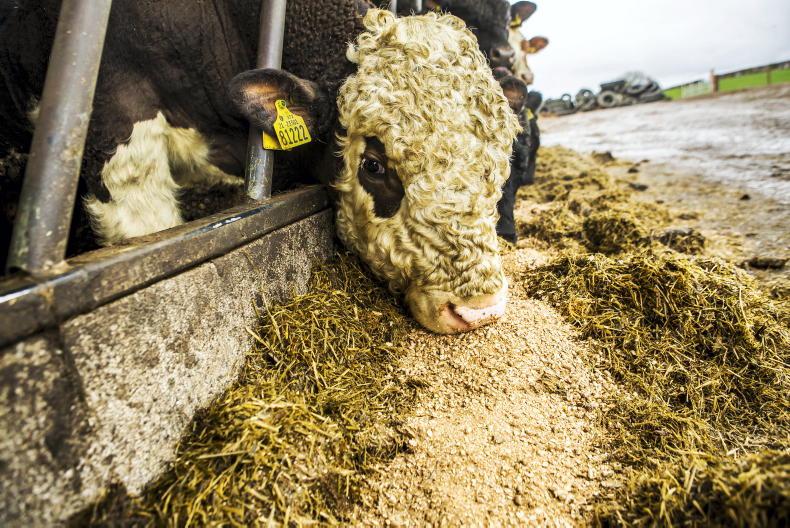
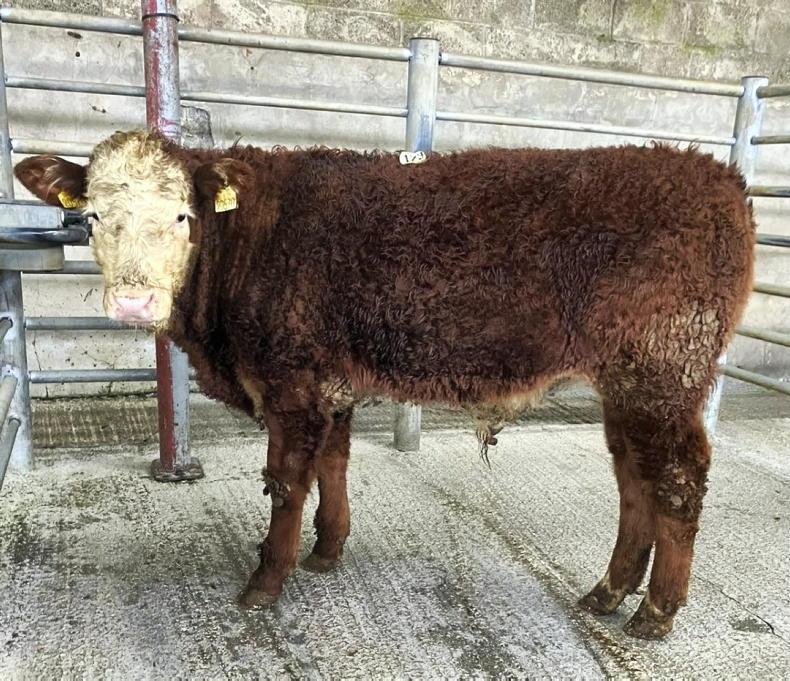


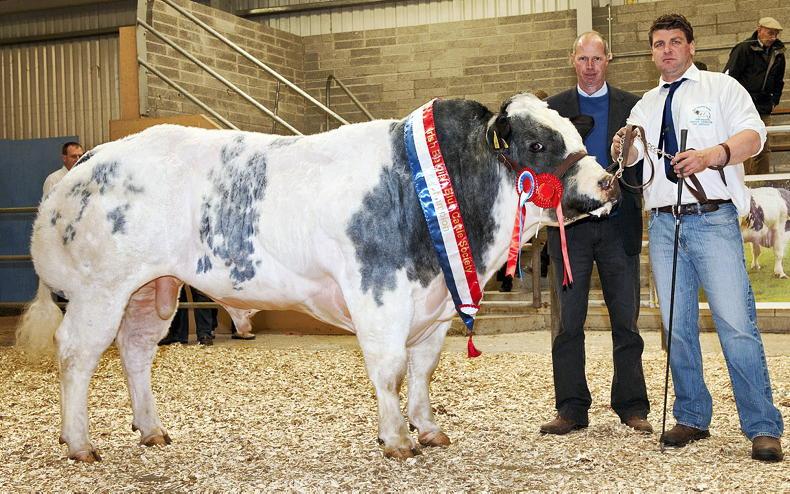
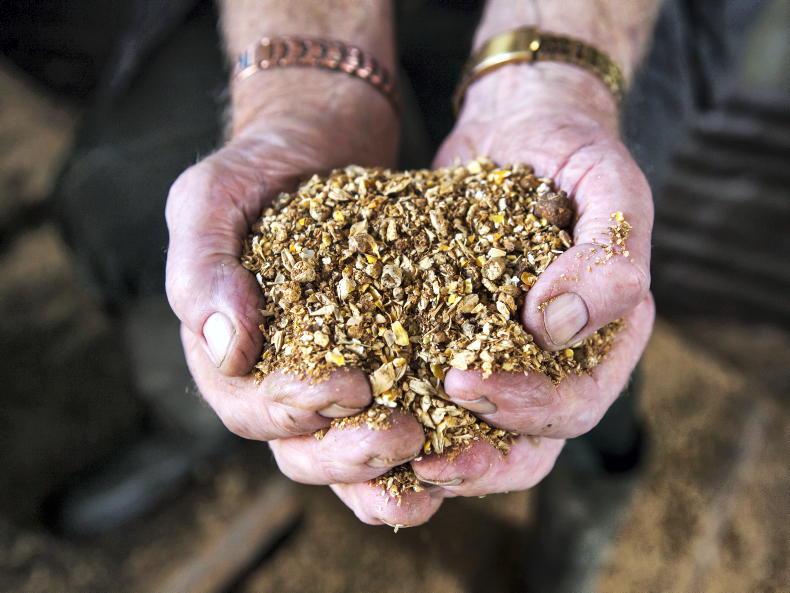
SHARING OPTIONS